Flange ball bearing is a common mechanical transmission component with various characteristics and wide application fields. The following are the main features of flange bearings:
High load-bearing capacity and rigidity: Flange bearings are suitable for applications where large radial and axial loads are to be tolerated.
Compact structure: Flanges are installed on both ends of the inner and outer rings of flange bearings, making installation and adjustment more convenient, while also reducing installation space and simplifying structural design.
Good self-centering: able to adapt to the eccentricity and inclination of the shaft and seat hole, ensuring the normal operation of rotating parts.
Wear resistance and corrosion resistance: usually made of metal materials, suitable for occasions with high temperature, low temperature, high speed, high precision and other requirements.
Easy installation and disassembly: the inner and outer rings and flanges can be fixed with bolts for easy installation and disassembly.
The following are the main uses of flange bearings:
Rotating parts in mechanical equipment: such as motors, fans, pumps, etc., support and transmit the load of rotating parts.
Heavy machinery and industrial equipment: such as metallurgical equipment, mining equipment, papermaking equipment, etc., need to withstand large loads and vibrations.
Special environments and working conditions: such as high temperature, low temperature, high speed, high precision, etc.
In vehicles: used to support and transmit the load and power of vehicles, such as cars, ships, aviation, etc.
Electronic equipment, food machinery, packaging machinery, etc.: in precision equipment or special machinery industries.
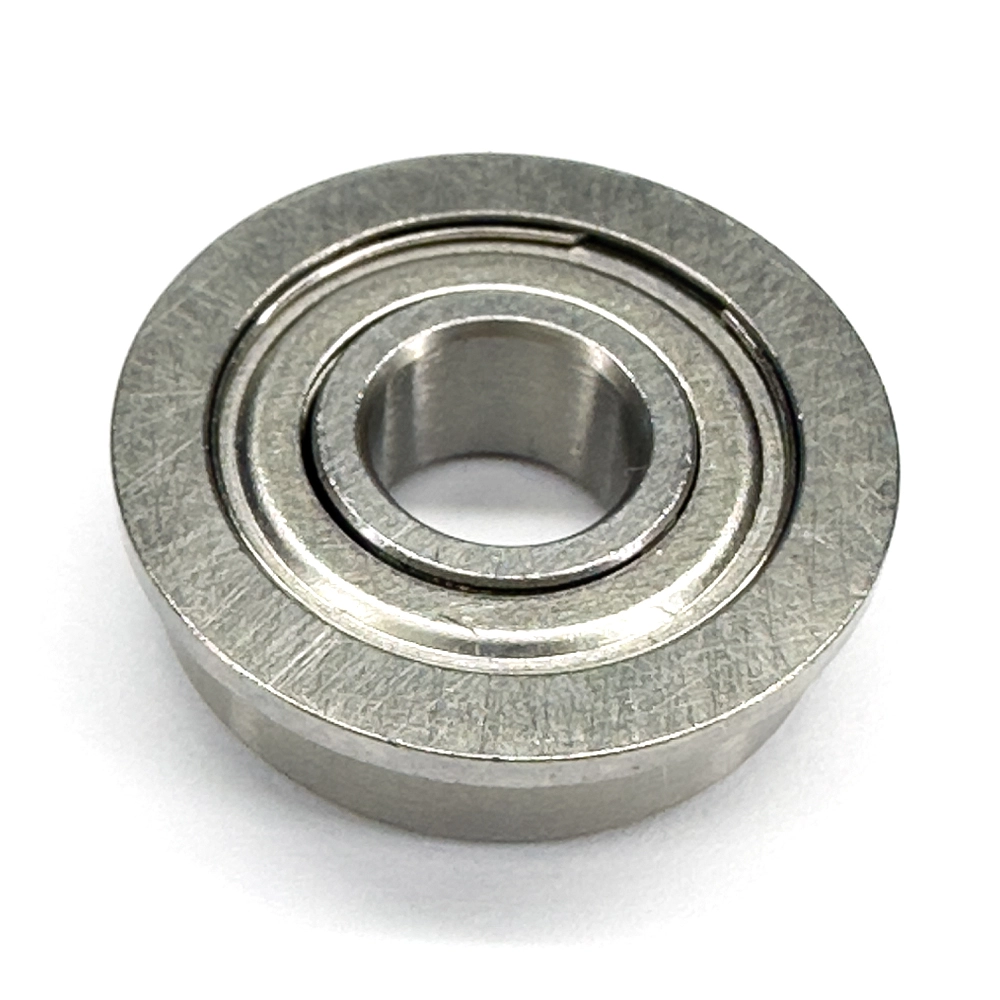
F63806 ZZ Bearing

F63806 Bearing

F63805 ZZ Bearing
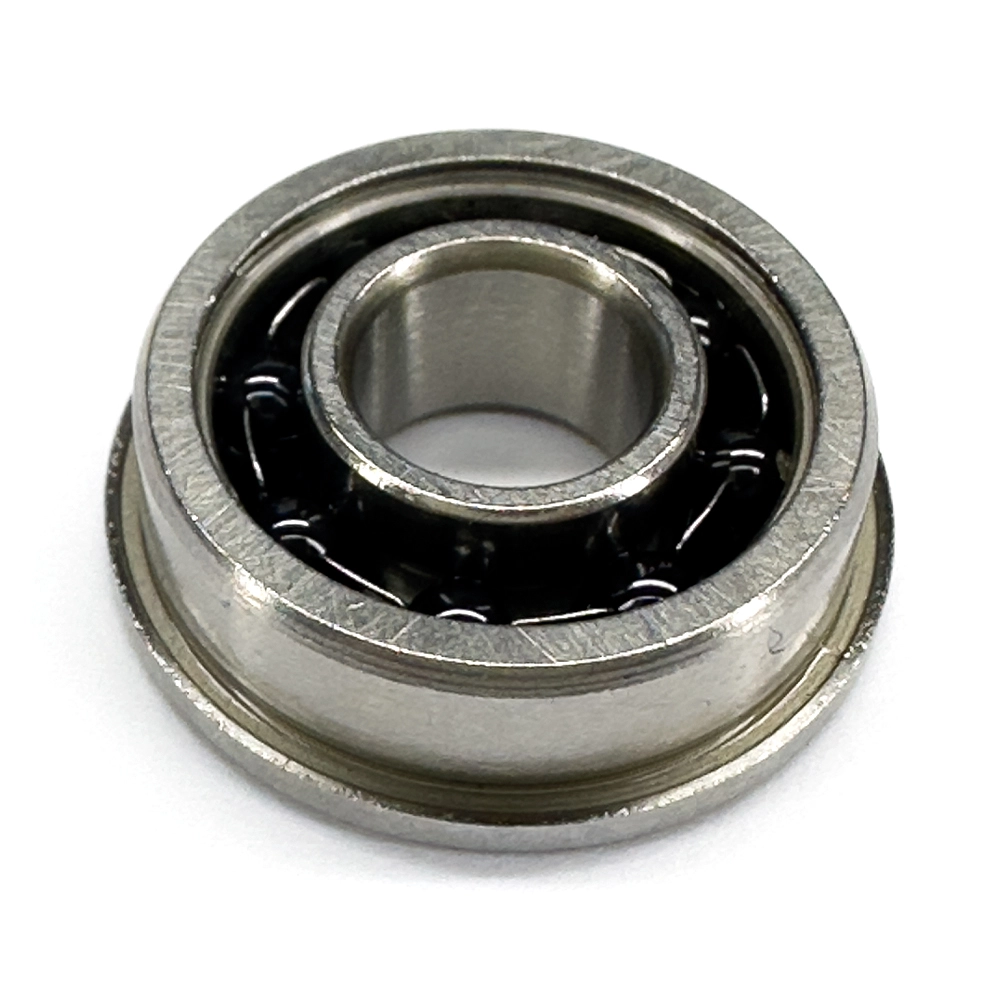
F63805 Bearing
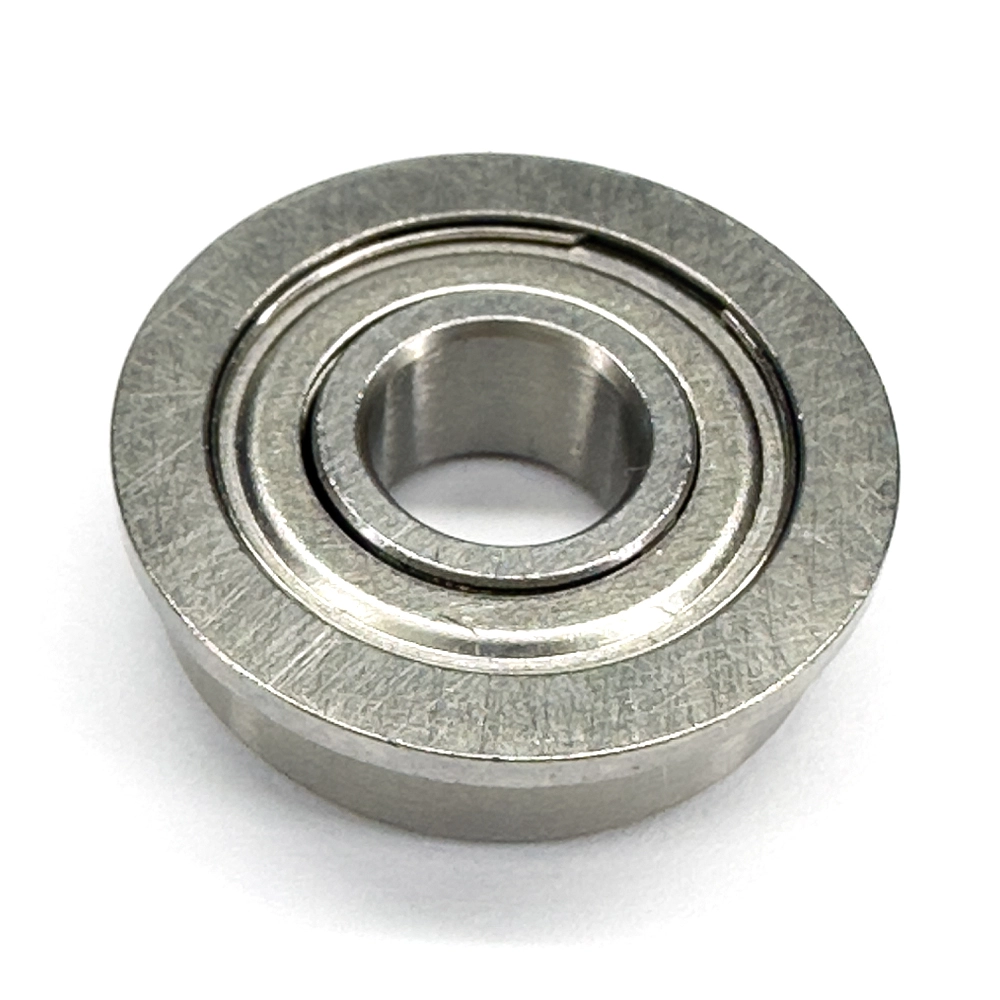
F63804 ZZ Bearing

F63804 Bearing
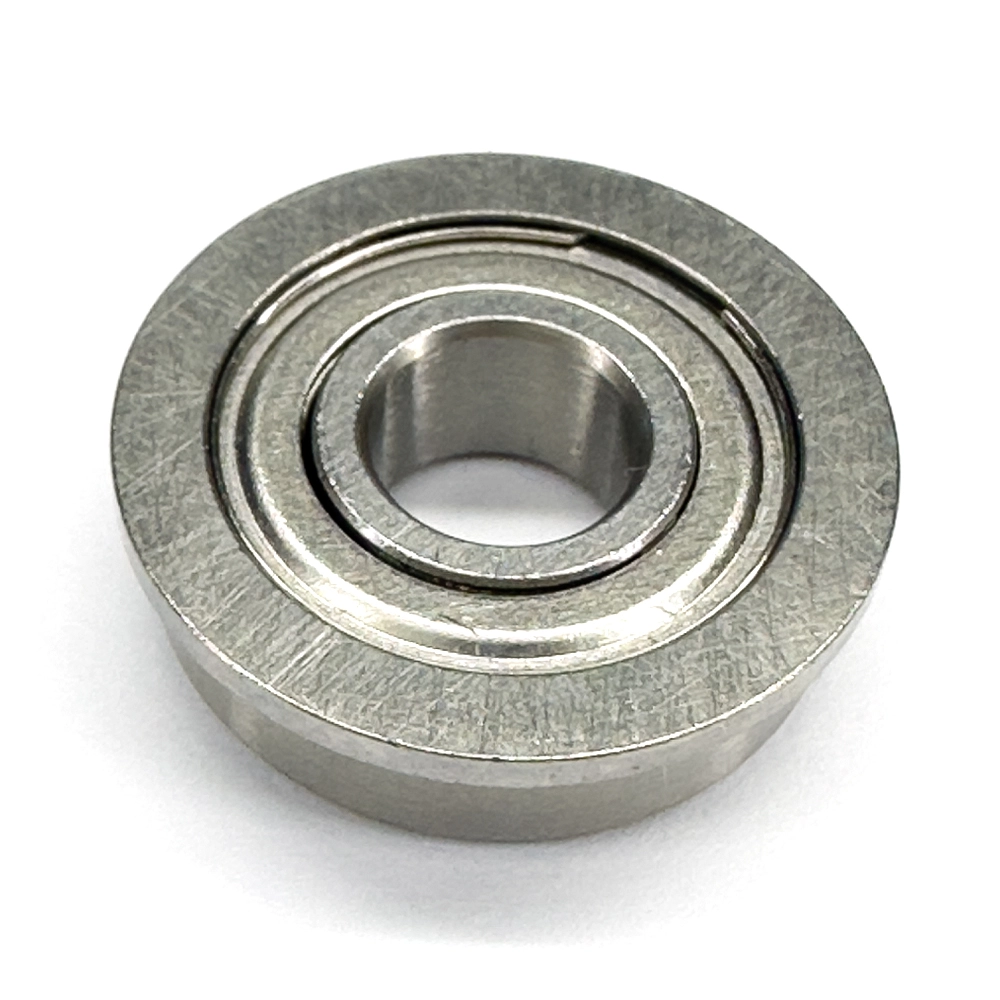
F63803 ZZ Bearing
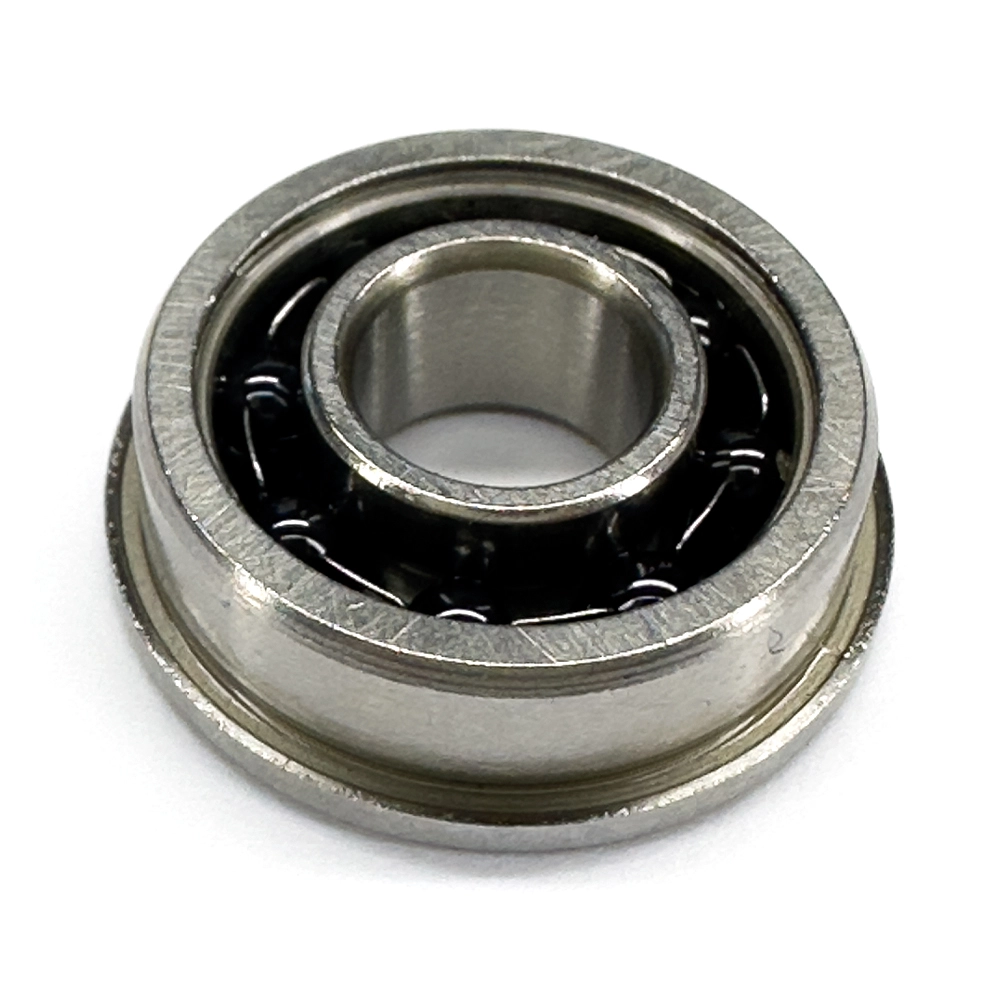
F63803 Bearing

F63802 Bearing

F63802 ZZ Bearing

F63801 ZZ Bearing







